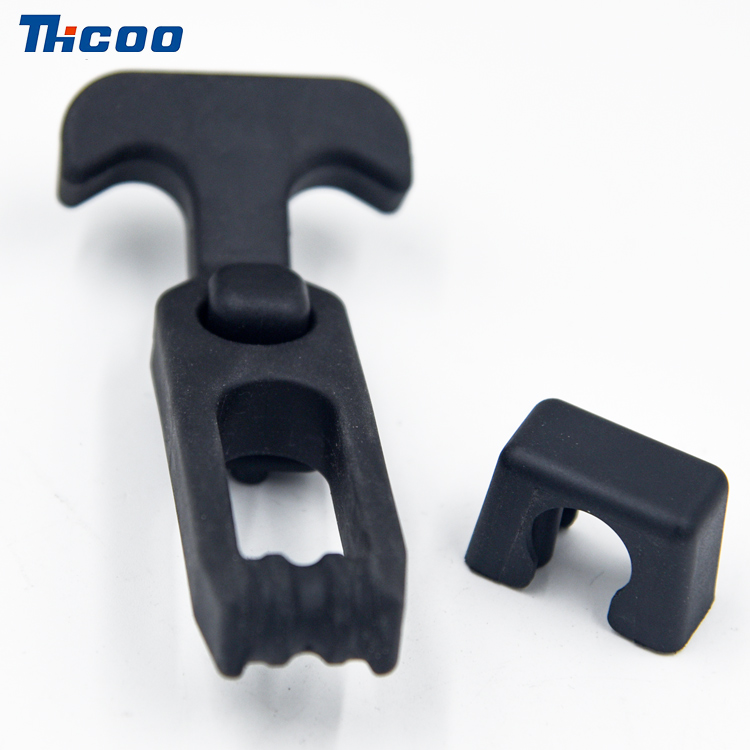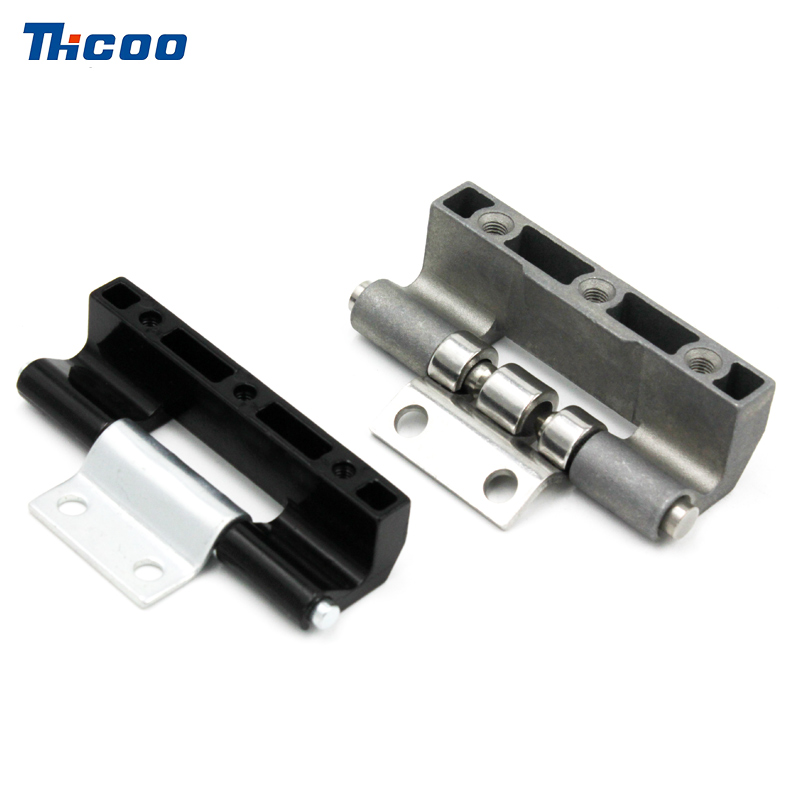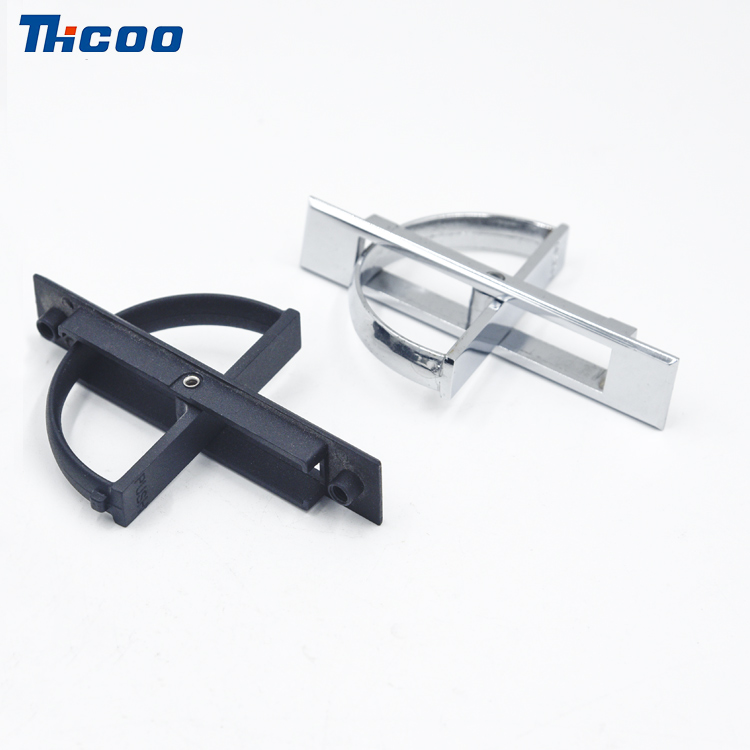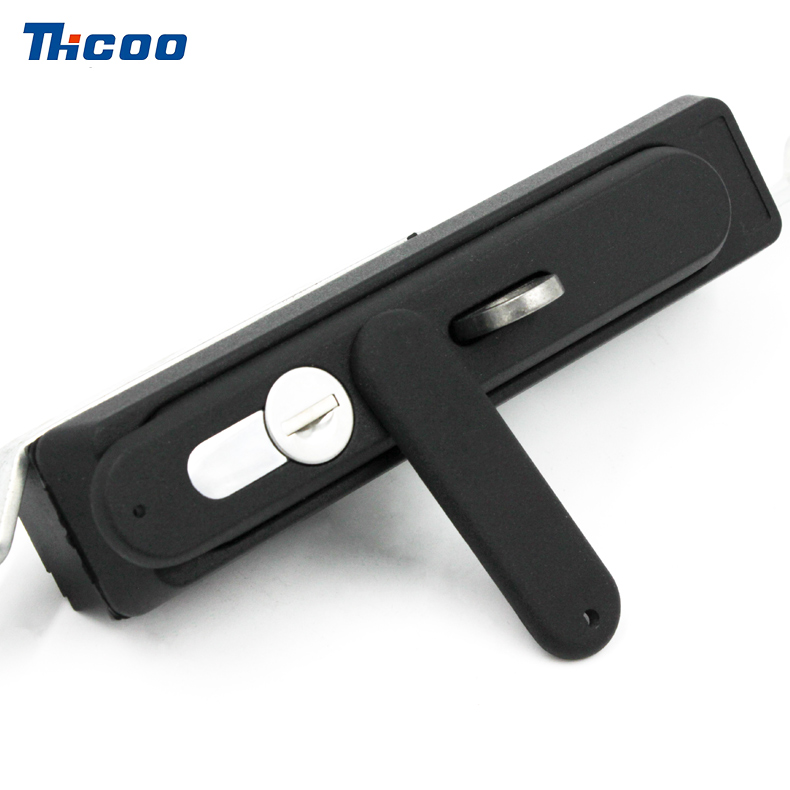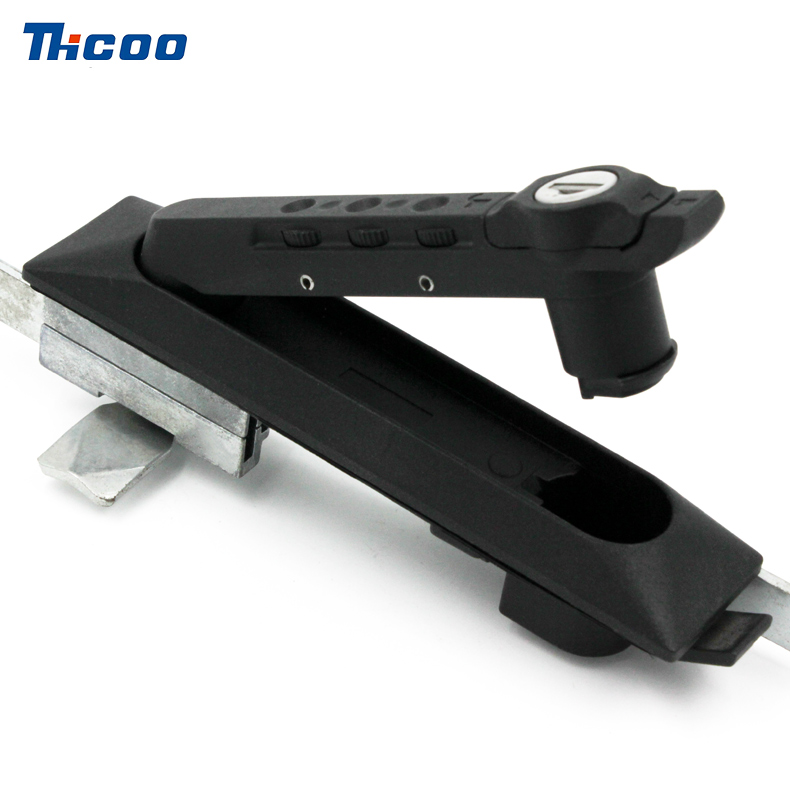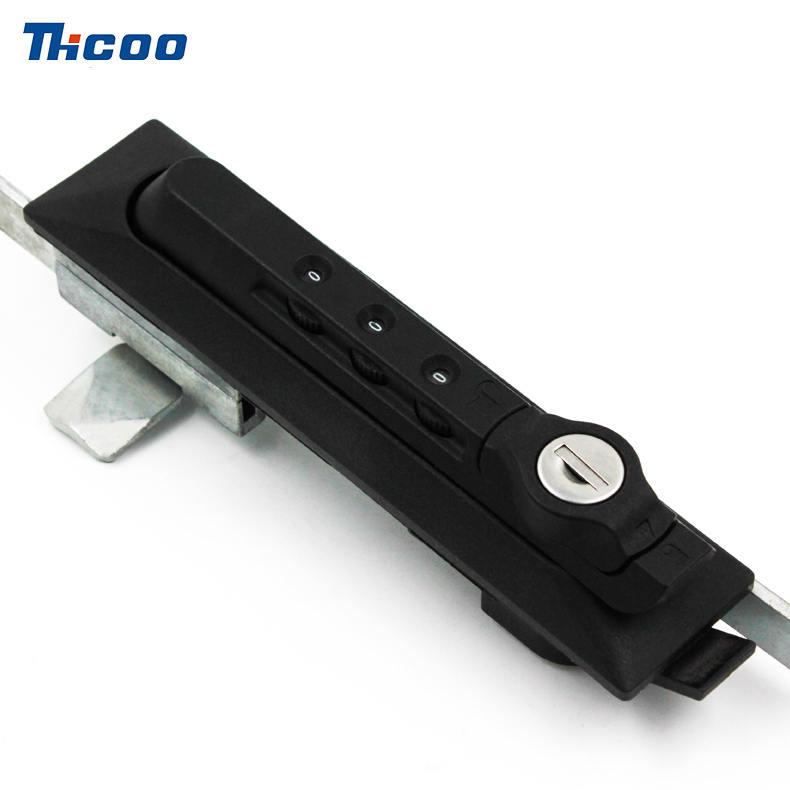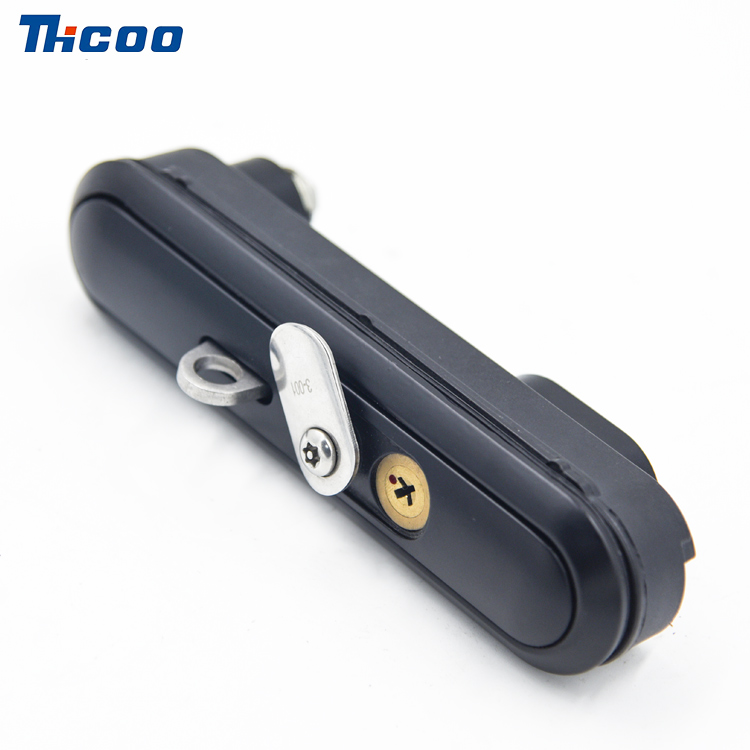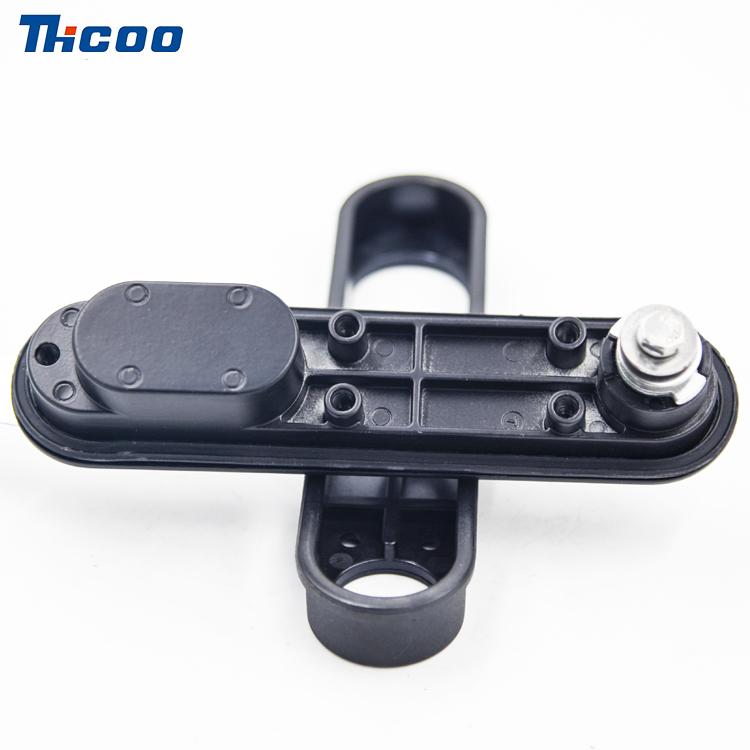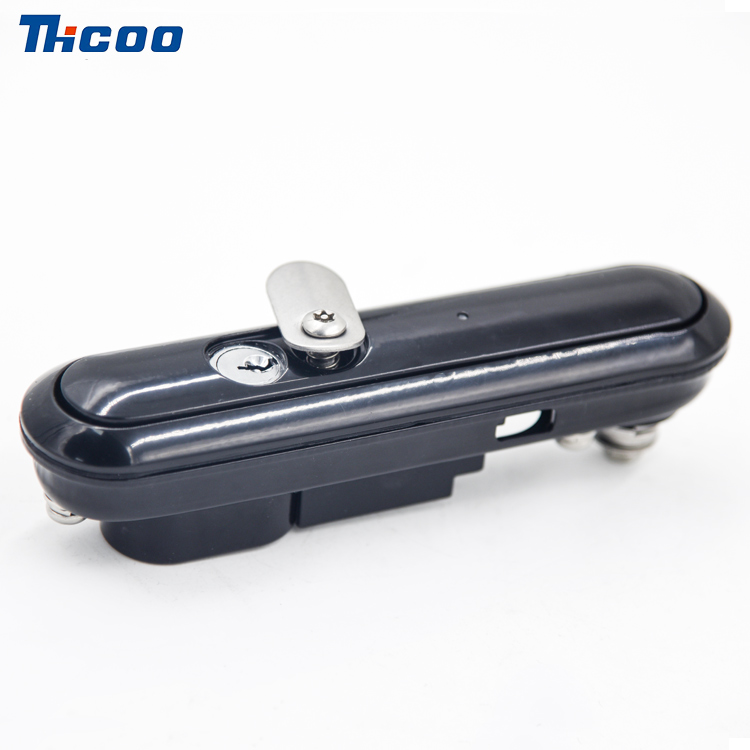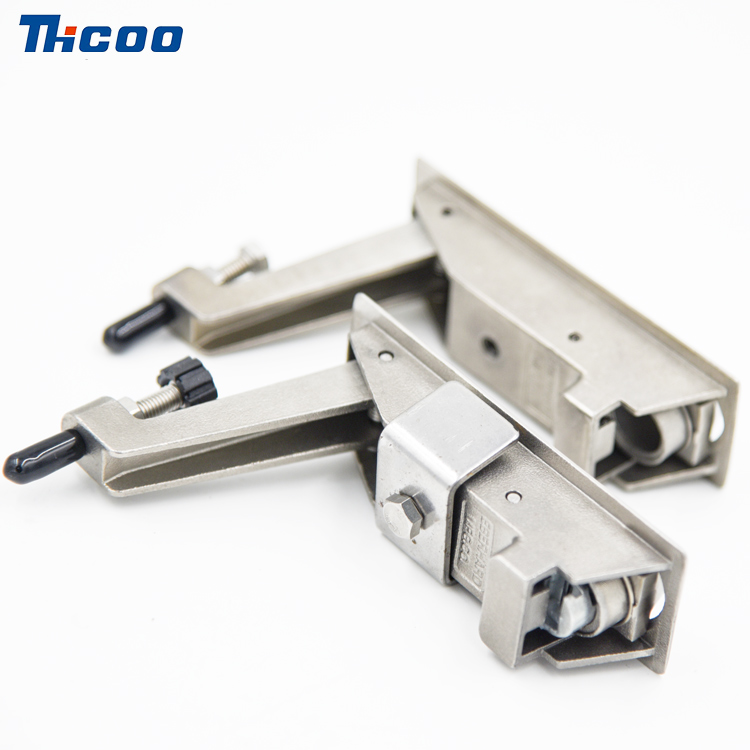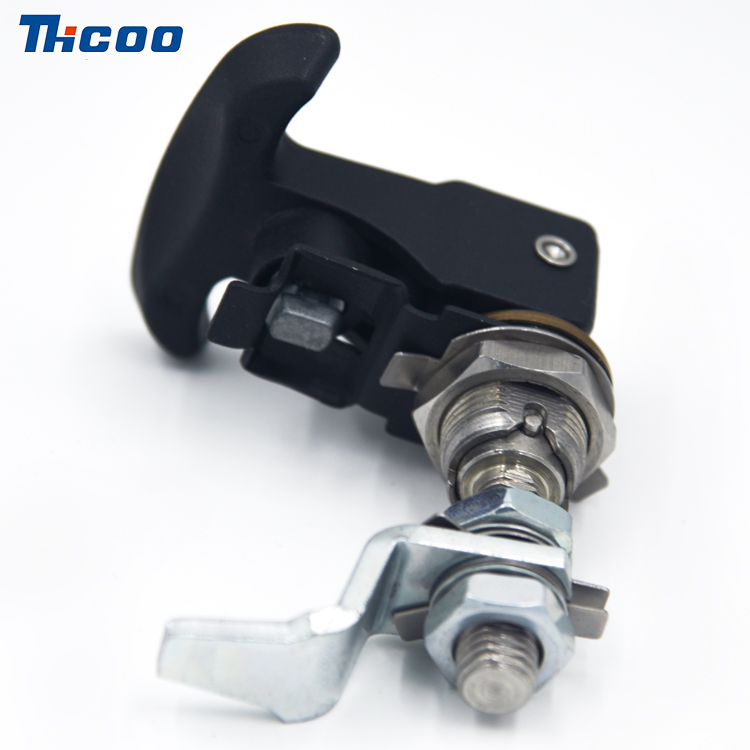Basic definition
A door hinge is a metal movable component that connects the door leaf and door frame, allowing the door to open and close freely. Without it, the door cannot rotate normally.
Central role
Supporting the entire weight of the door leaf
Ensure the door rotates flexibly
Control the opening and closing angle of the door (some can open 180 degrees, some can only open 90 degrees)
Common materials
Iron: the most common, cheap but prone to rusting
Stainless steel: good rust prevention, suitable for damp places
Copper: Used for high-end decoration, it will oxidize and discolor over time
Aluminum alloy: lightweight but poor load-bearing capacity
Main Structure
Hinge (two or three metal plates)
Core (metal shaft in the middle)
Screw holes (fixed on doors and frames)
Types that can be seen in daily life
Exposed type: the most common, with visible hinges
Hidden: Installed inside the door, not visible from the outside
Spring hinge: automatically closes the door
Heavy hinges: used for very heavy doors
The easiest problem to arise
Rust (especially iron)
Loose screws cause the door to sag
The shaft creaks due to lack of oil
Long term use, wear and deformation
Maintenance points
Add lubricating oil at least once a year
If the door is found to be skewed, adjust the screws immediately
It is best to install stainless steel in damp places
If there is a strange noise when opening or closing the door, it is a signal that should be maintained
Replacing common sense
Before dismantling the old hinge, support the door first
The new hinge size must be the same as the original
After installation, it is necessary to repeatedly test whether the switch is smooth
If you can't handle it yourself, find a professional door installer
| Aspect | Description | Key Notes |
| Definition | Metal hardware connecting door to frame, enabling smooth opening/closing | Essential for door movement |
| Main Functions | - Bears door's full weight- Allows rotational movement- Controls opening angle (90°/180°) | Determines door's range of motion |
| Common Materials | - Steel (cheapest, rust-prone)- Stainless steel (rustproof)- Brass (decorative, tarnishes)- Aluminum (lightweight) | Material affects durability & cost |
| Basic Components | - Leaf plates (2-3 metal pieces)- Pivot pin (rotating core)- Screw holes (mounting points) | Simple mechanical design |
| Visible Types | - Surface-mounted (most common)- Concealed (hidden inside door)- Spring-loaded (self-closing)- Heavy-duty (for large doors) | Style affects appearance & function |
| Common Issues | - Rust formation- Loose screws (door sagging)- Squeaking (needs lubrication)- Wear deformation | Regular maintenance prevents most problems |
| Maintenance Tips | - Annual lubrication- Immediate screw tightening when loose- Use stainless steel in damp areas- Squeaking = maintenance warning | Prevention is cheaper than repair |
| Replacement Notes | - Support door before removal- Match original dimensions exactly- Test operation after installation- Call professionals if unsure | Improper installation risks door damage |

 English
English Deutsch
Deutsch 简体中文
简体中文 languages
languages 

